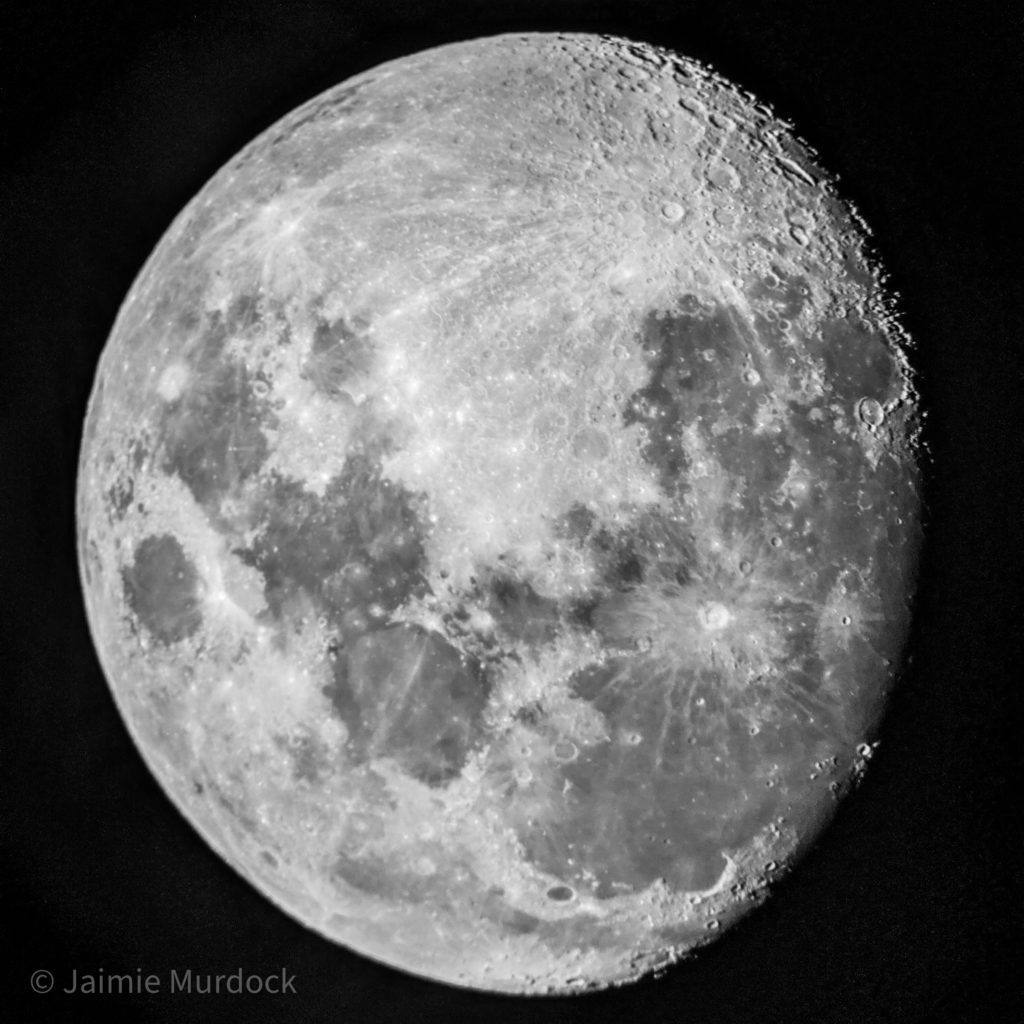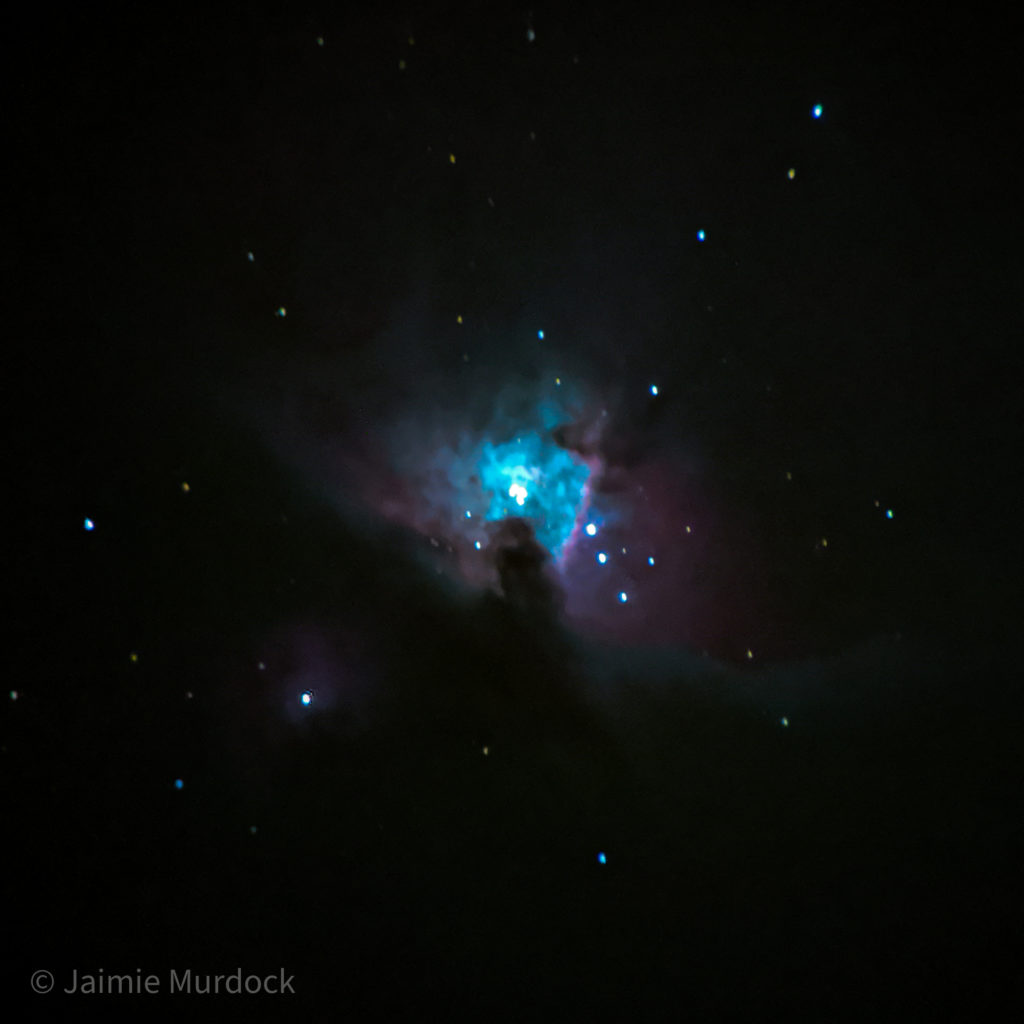Getting a Telescope: A Cautionary Tale
It’s Christmas or your kiddo’s birthday. They open a telescope and want to take it outside right away. You’ve never used a telescope before, so …
1. You get the automated GoTo system with an equatorial mount because you might want to take pictures some day. You take it outside and it tells you to line up the scope with Polaris. You find the star and get it centered in your polar scope by adjusting the latitude knob. Then you look in your telescope and don’t see anything. The lens caps are off, but you’ve never focused it before and Polaris is literally the only star in that area under your neighbor’s floodlight. No matter how much you turn the knob, you can’t see anything. You try to connect the mount to your phone, but then realize the motors need 8 C batteries, so you run to the store. When you get back, it’s gotten cold, so the kids are inside and this has become your “project†for the night. Eventually you get it pointed at the moon but the kids are mostly bored. It spends the rest of its life in the garage.
2. You get a manual mount. You drop the telescope in the holes and swing it towards the moon. IT’S SO BRIGHT, but not focused at all. You twist the knobs and figure out where it…

You can see individual craters! Amazing! You start to move the scope around to find Jupiter and just see… so many stars! Even without finding the planet, you’ve figured out the focus and really just had no idea there were SO MANY stars.
Also, despite “not being for astrophotographyâ€, I took that picture of the moon with my 8†dobsonian scope and a cell phone held to the eyepiece. If you take more time with it, you’ll find the planets and maybe even catch the Orion Nebula:

Astronomy can be attractive to exactly the kind of person that tinkers and values quality tools and obsesses over specs. This post is a reminder that the “best†system isn’t always the best for learning. Dip a toe in. If you like it, you can spend more and get fancy later. Don’t create barriers for yourself. There are a lot of skills to learn, and if you get a solid foundation, you’ll know what direction to take it.
My first scope was an Apertura AD8. It’s about the same as any 8†Dobsonian reflector telescope. It’s a common recommendation for beginning astronomers, and entirely manual. I am glad I listened to the overwhelming community advice to start with a manual mount and get as much aperture as you can afford, even more so after fighting my astrophotography setup for the past 2 weeks. I know how to diagnose the issues on my new setup because I have the orientation of learning things by hand for 6 months.
When you’re starting a hobby, you want to make it easy. Point, look, wonder. If you have any questions, please reach out!